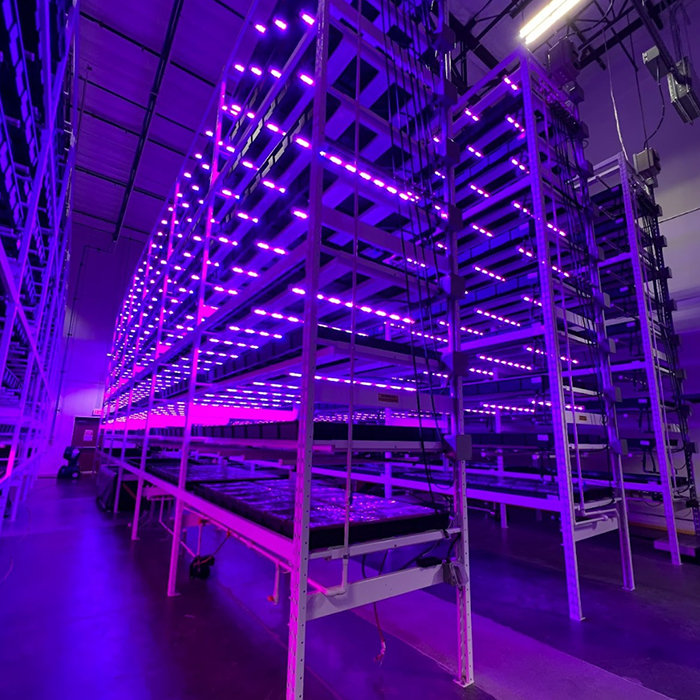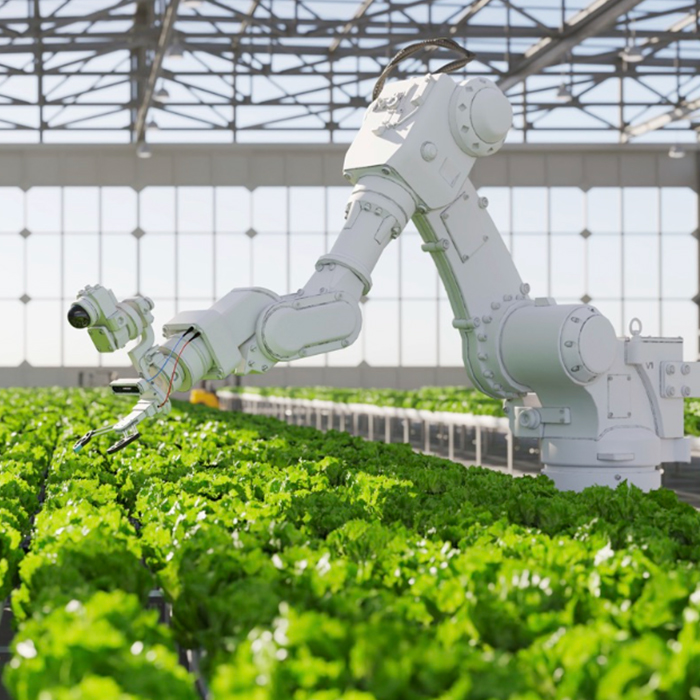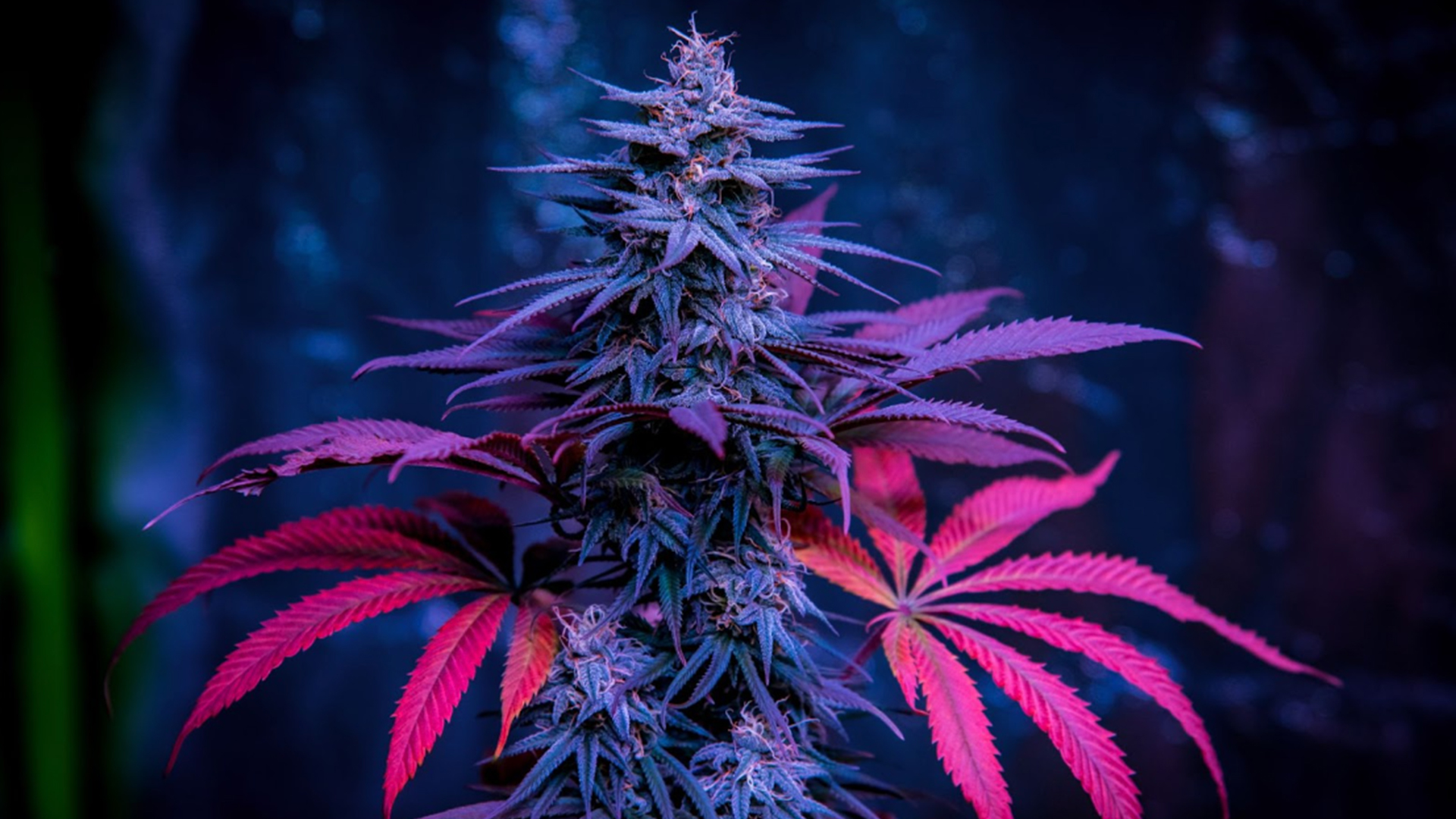Scaling Up Vertical Farming: Is It Possible?
Insights on vertical farming

Energy efficiency, first and foremost
-
Perhaps the biggest challenge to scaling vertical farms profitably is how to address energy consumption. Though several vertical farms have successfully broken through, climate control and lighting have limited many others from achieving faster returns on investment than projected.
-
The energy question is so pressing for vertical farming that some startups are experimenting with “dark growth,” a method of agriculture where plants are fed a special cocktail of nutrients via irrigation and do not require photosynthesis.
-
Our suggestion while scaling is to attack this issue head-on, knowing it will take more than investing in LEDs and drawing from renewable energy sources. You may need to rethink your entire grow strategy around spending highly optimized energy efficiency:
-
- Consider hybrid VF greenhouses: Scaling up by combining these two forms of controlled-environment agriculture can deliver on the promises of pure vertical farming at a lower overall energy cost.
- Scrutinize the suite of energy use: Lighting is the biggest operational energy expense in indoor farming, so what are the cost-cutting opportunities hiding in systems controlling climate, airflow, and ventilation?
- Experiment with rack shape and layout: Where your vertical farm places racks and plants relative to lighting and ventilation can have a dramatic impact on the immediate climate and how much energy you expend to balance it.
Business plan beyond leafy greens
To scale up, you’re likely going to need a new injection of investment via venture capital. But with investors bearish about the vertical farming market, how do you win them over and continue your mission of sustainable indoor farming?
- Differentiate yourself: Many indoor farms focus on leafy greens, as that is what’s easiest to produce in an indoor environment. However, investors are more interested in domesticating crops like saffron and berries.
- Reconsider the long term: Agriculture doesn’t always mean supplying grocery stores. Some of the more successful vertical farms branch out into cosmetics and pharmaceuticals, where the price point per plant helps them achieve ROI quickly.
- Automate through AI: Adopting machine learning and IoT technology and integrating it into your vertical farm is one way to show your investors how committed you are to revolutionizing the space.
- Consider digital electricity: Also called packet energy transfer or fault managed power, digital electricity is an emergent standardized technology for safely and efficiently sending a lot of power long distances—exactly what vertical farms need right now.
Mobile vertical farming systems provide the space-conscious energy efficiency necessary to lay the groundwork for a profitable indoor farm. With the right layout, custom mobile grow racks can optimize energy consumption to lower operational costs and create a clear blueprint for incremental scalability to strive for and achieve profitability.







